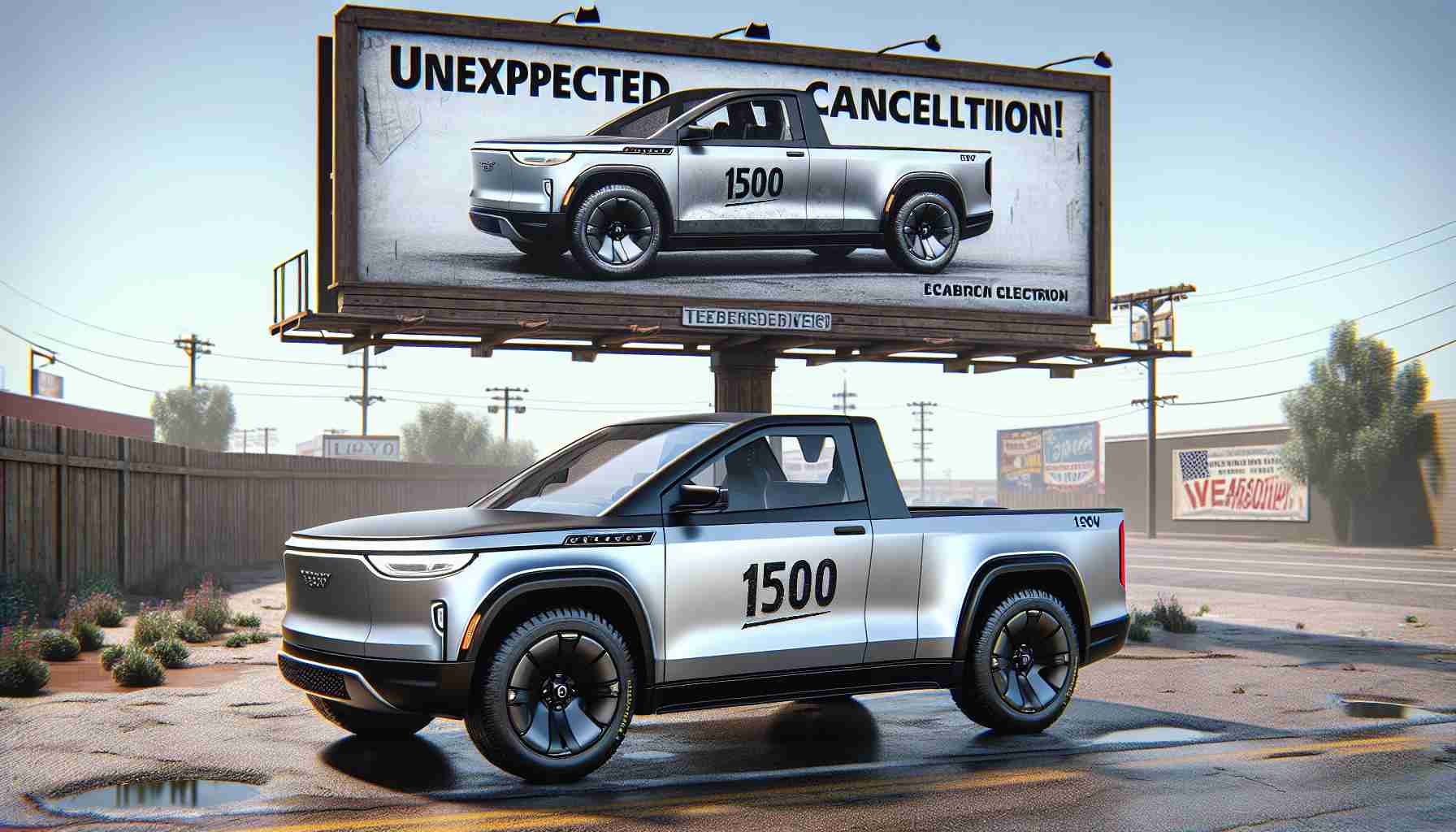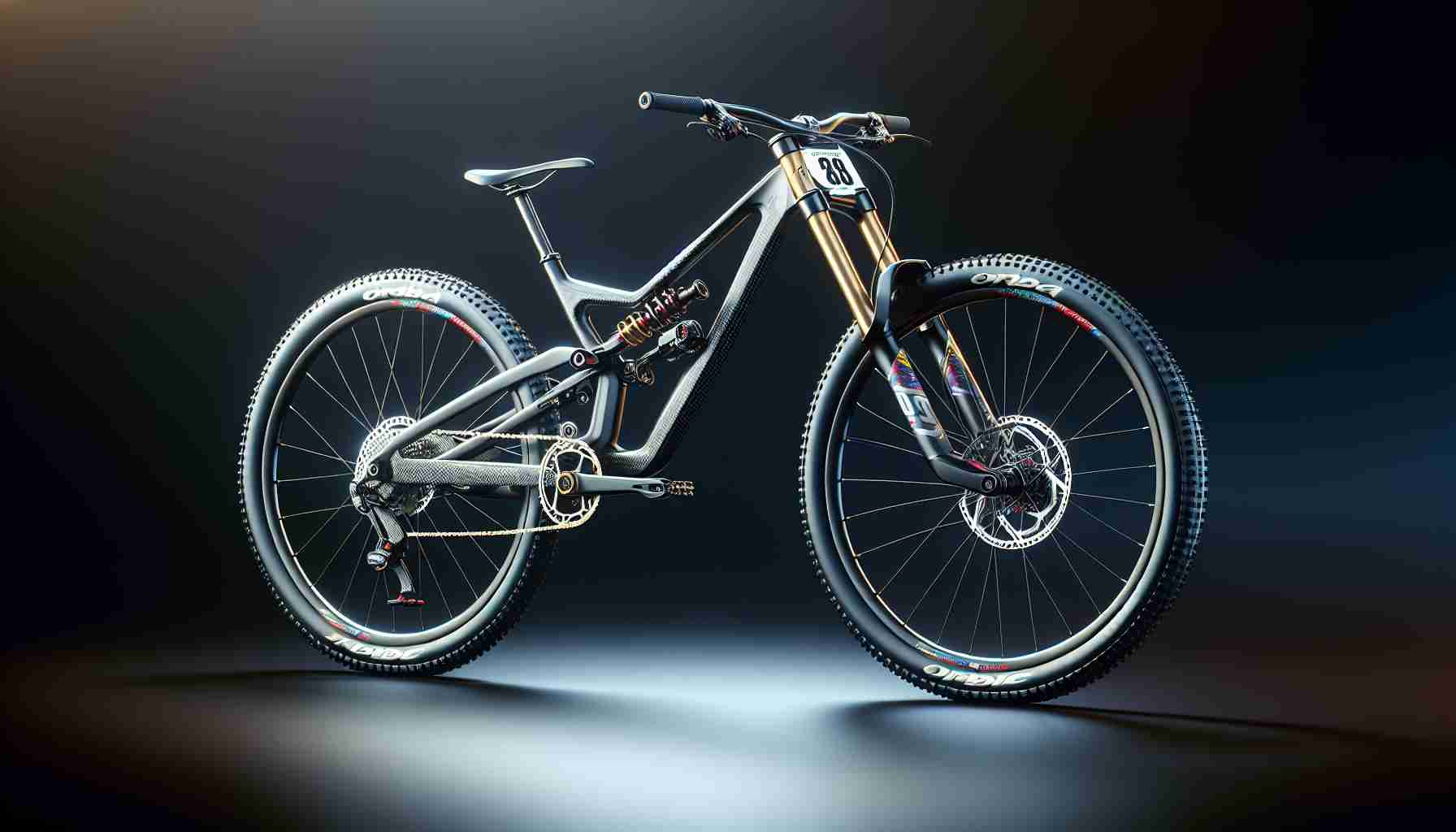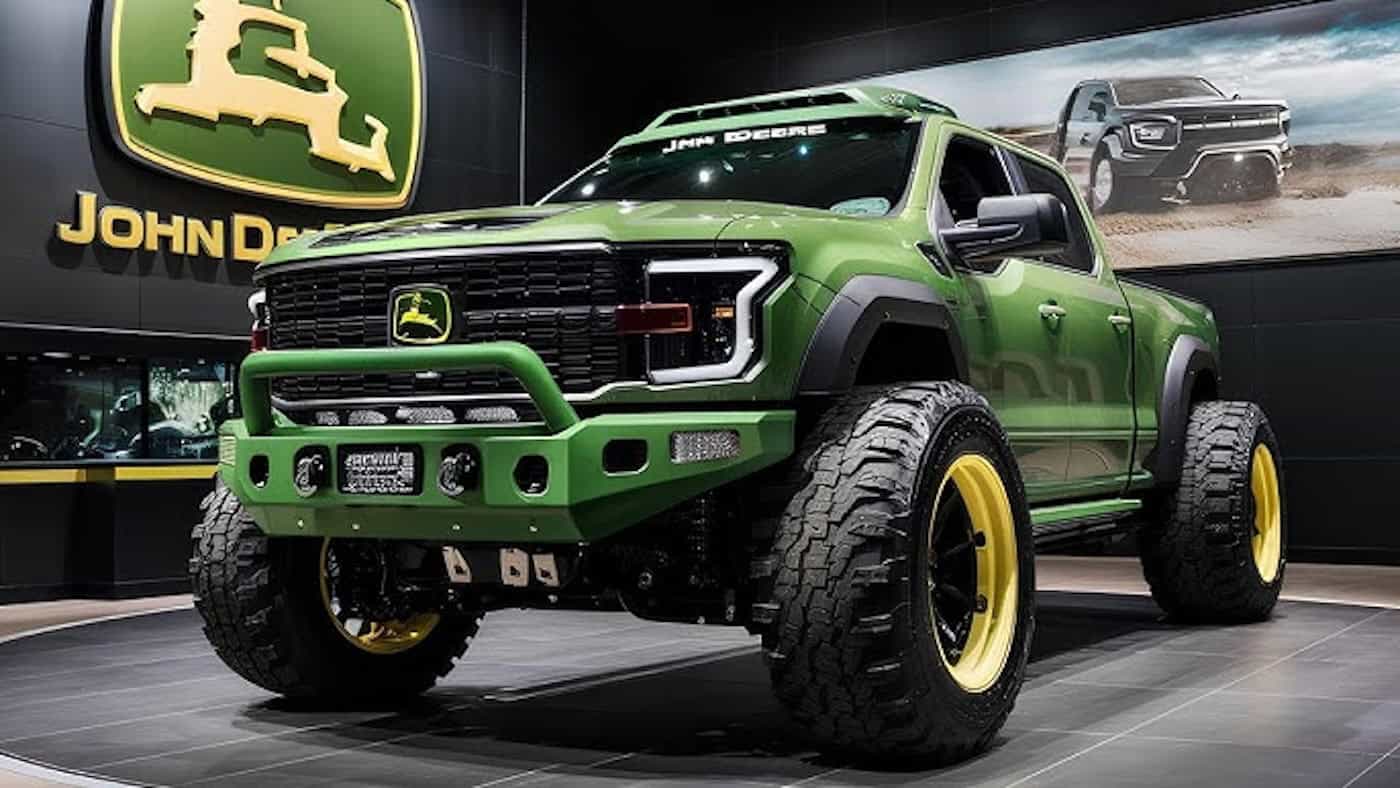Ram’s Ambitious Electric Plans Take a Hit
In a surprising move, Ram has decided to cancel the highly anticipated long-range version of its 1500 REV electric pickup. Initially, this variant was expected to offer a remarkable range, surpassing 500 miles. With the standard 168 kWh battery predicting around 350 miles of range, expectations were high for the larger 229 kWh battery.
However, a leaked notice to suppliers revealed that the plans for this long-range model have been shelved. As part of its strategic shift under the Stellantis umbrella, Ram has directed suppliers to halt all developments related to the long-range electric pickup, officially named the RAM 1500 DT BEV XL.
As the company focuses efforts on the upcoming Ramcharger model, which will feature a plug-in hybrid setup, the timeline for the all-electric 1500 REV has now been pushed back to 2026. This plug-in hybrid variant is slated to offer a combined range of up to 690 miles with its 92 kWh battery and a 3.6-liter V6 engine.
While Stellantis faces challenges and delays in its electric vehicle lineup, it has recently introduced new electric models from Jeep and Dodge, which are starting to appear in dealerships. With growing competition in the electric pickup market, including Tesla and Chevy, the automotive world is watching closely to see how Stellantis will navigate these turbulent waters.
Wider Implications of Ram’s Electric Vehicle Strategy
The cancellation of Ram’s long-range 1500 REV electric pickup reverberates beyond the immediate automotive industry, signaling potential shifts in global economic dynamics and consumer behavior. As major manufacturers like Ram pivot toward hybrid models amid the surge of pure electric offerings, it casts doubt on the industry’s commitment to electric vehicle (EV) innovation and could dampen consumer enthusiasm.
Societal impacts are significant. With growing concerns about climate change, consumers increasingly seek sustainable transport solutions. The delay in the rollout of a competitive long-range electric pickup may lead to a temporary stagnation in the EV market, particularly for those interested in trucks, traditionally a staple of the American automotive landscape. This could deter potential buyers from transitioning away from fossil fuels, thus undermining progress toward national emissions goals.
Environmental implications are equally noteworthy. The shift toward hybrid models might foster a reliance on non-renewable fuel sources in the interim, exacerbating carbon emissions during a critical period for climate action. By diverting resources from all-electric developments, Ram risks falling behind in the acceleration toward sustainable automotive practices.
Moreover, as competition intensifies, automakers must prioritize innovation and efficiency to meet consumer expectations and regulatory pressures. Future trends may reveal a segment polarized between battery-only vehicles and hybrids, impacting investment strategies and supply chain dynamics across the industry. The long-term significance of this decision could fundamentally reshape the landscape of electric pickups, influencing which technologies gain predominance in the coming decade.
Ram’s Electric Future Rethinks Strategy: New Developments and Insights
The Cancellation of the Long-Range RAM 1500 REV
In a strategic pivot, Ram has recently scrapped plans for the long-range version of its 1500 REV electric pickup, a model that was much anticipated for its promised range exceeding 500 miles. Instead, the focus has shifted to the standard version, which boasts a 168 kWh battery expected to deliver approximately 350 miles of range. Unfortunately, these exciting prospects for the larger 229 kWh battery variant have been discontinued, as indicated by a leaked communication sent to suppliers.
Shift in Focus: Introducing the Ramcharger
Ram’s new direction places emphasis on the upcoming Ramcharger model, which is being designed as a plug-in hybrid. This innovative vehicle is projected to deliver a combined range of around 690 miles, leveraging a 92 kWh battery paired with a traditional 3.6-liter V6 engine. By prioritizing this hybrid model, Ram aims to cater to consumer demand for flexibility and longer range without a complete reliance on electric battery technology.
Implications for Ram’s Electric Vehicle Strategy
The move to postpone the all-electric 1500 REV until 2026 is indicative of larger challenges faced by Stellantis (Ram’s parent company). As they navigate a competitive landscape filled with electric vehicle (EV) offerings from brands such as Tesla and Chevrolet, Ram’s management recognizes the necessity of balancing their electric ambitions with achievable milestones.
Pros and Cons of the Shift to Plug-In Hybrid
– Pros:
– Extended Range: The combined range of 690 miles makes it an attractive option for buyers concerned about “range anxiety.”
– Flexibility: The hybrid setup offers the best of both worlds, allowing for both electric driving and the option of using traditional fuel.
– Reduced Development Risk: Moving to a plug-in hybrid may mitigate some of the risks associated with pure electrification, especially in uncertain market conditions.
– Cons:
– Delayed Electric Rollout: The postponement of the all-electric model leaves Ram at a competitive disadvantage in the booming EV market.
– Market Perception: Long-term consumers may view the shift back to hybrids as a lack of commitment to fully electric vehicles.
– Complexity in Production: Managing both electric and hybrid production can complicate logistical planning and cost management.
Current Trends in the Electric Vehicle Market
The electric vehicle market is rapidly evolving, with various manufacturers rolling out their own models to capture consumer interest. Notably, Stellantis has introduced new electric models under its Jeep and Dodge brands, indicating a strong commitment to expanding its electric vehicle portfolio. Observers expect to see faster development and more innovations as competition heats up and consumer preferences shift toward sustainability.
Innovations and Future Predictions
With the current landscape of EV technology advancing, it is critical for automakers like Ram to leverage innovative solutions. Future trends may increasingly favor integrated technologies, such as vehicle-to-grid (V2G) systems, which allow cars to return power to the grid, and advancements in solid-state batteries that promise faster charging and higher energy densities. These innovations could play a pivotal role in Ram’s long-term strategy and success in the electric vehicle arena.
Conclusion
As Ram redefines its plans in response to market pressures and internal directives, the automotive landscape will be monitoring its progress closely. With commitments to hybrids and a delayed entry into the all-electric segment, Ram’s road ahead is both challenging and filled with potential for growth in the evolving electric vehicle sector. For more insights on Ram’s electric journey, visit their official site at Ram Trucks.


















